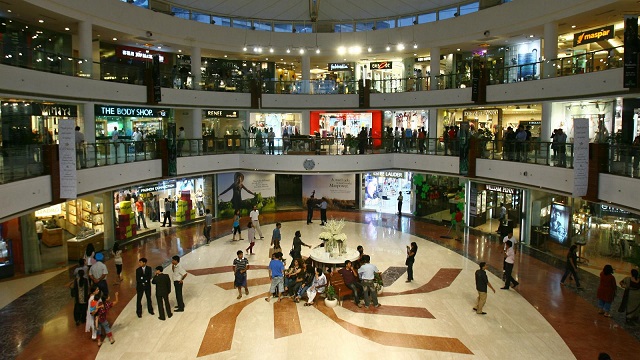
KARACHI: Standard prices of products offered by international retail brands, which are categorised as second-tier in global indices, mostly eat up a quarter of the average income of Pakistanis.
With every new product of international brands being priced higher than the originally stated ones, these brands are perceived to be ripping customers off with their wide profit margins.
According to the World Bank, Pakistan’s adjusted net national income per capita was $1,444 (nearly $120 per month) in 2016 whereas the price of a single top of international apparel brands like Debenhams, Mango, Next and Splash often exceeds a quarter of that income. This implies that these brands are targeting high-end customers unlike global trends.
According to an internal survey, prices of such international apparel brands in Pakistan sometimes hit double the original retail prices.
The difference in pricing is due to additional operational and logistics costs that these brands have to incur. A customer might find the price of a product at Mango’s store in Spain very reasonable when compared to the price of the same top of the franchise in Pakistan.
Talking about the price difference, Mango Head of Operation in Pakistan Waqas Yunous told The Express Tribune, “We do not deal in Spain’s pricing; we do not deal in international prices; we deal in local prices.”
He said there was an operational cost build-up and there were certain profit margins that the brand had to keep. Rising import costs including import duties and taxes, transportation cost, unstable exchange rate of the rupee and other operational costs played the role of a catalyst in the pricing strategy, he added.
The brand works on the markdown pricing model where the list price is brought down to a lower level to offer discounts. However, even the discounted price often exceeds the original retail rate.
These brands are inflating peoples’ appetite for apparels that are manufactured in countries like China, Bangladesh, Vietnam, South Korea, etc.
Being among the largest textile manufacturers, Pakistan also has the potential to manufacture these brands locally with some value addition, which could help save some of the operational and logistics costs. However, these franchises are restricted by the brands from manufacturing their products locally.
In some cases, brands like Levis have set up their manufacturing outlets in Pakistan, making it comparatively more convenient for retail stores and helping the national economy as well.
“Levis and Wrangler have their factory outlets in Pakistan where products are cheaper than the retail stores,” Pakistan Apparel Forum Chairman Javed Bilwani told The Express Tribune.
He said international brands usually did not have permission to run a manufacturing unit in Pakistan, making it difficult for them to get a licence.
Pakistan government could offer a policy to incentivise local production of these brands, similar to the auto policy of 2016, which has encouraged many international players like Kia, Volkswagen and Hyundai to enter Pakistan’s auto market.
Although the textile industry leads Pakistan’s overall exports, it has failed to gain a competitive edge in the global market. Pakistan needs to move to focus more on apparels to boost its growth.
Pakistan’s exports stood at around $23.2 billion in the previous fiscal year against an import bill of $60.8 billion, according to the Pakistan Bureau of Statistics.
On the contrary, Bangladesh’s total exports were around $36.67 billion, according to the Export Promotion Bureau of Bangladesh. Of these, exports of knitted or crocheted apparel or clothing articles amounted to $30.62 billion, which were around $7.4 billion higher than Pakistan’s overall exports.
The writer is a staff correspondent
Published in The Express Tribune, December 10th, 2018.
Like Business on Facebook, follow @TribuneBiz on Twitter to stay informed and join in the conversation.


















1712071304-0/image-(14)1712071304-0-270x192.webp)

























COMMENTS (1)
Comments are moderated and generally will be posted if they are on-topic and not abusive.
For more information, please see our Comments FAQ